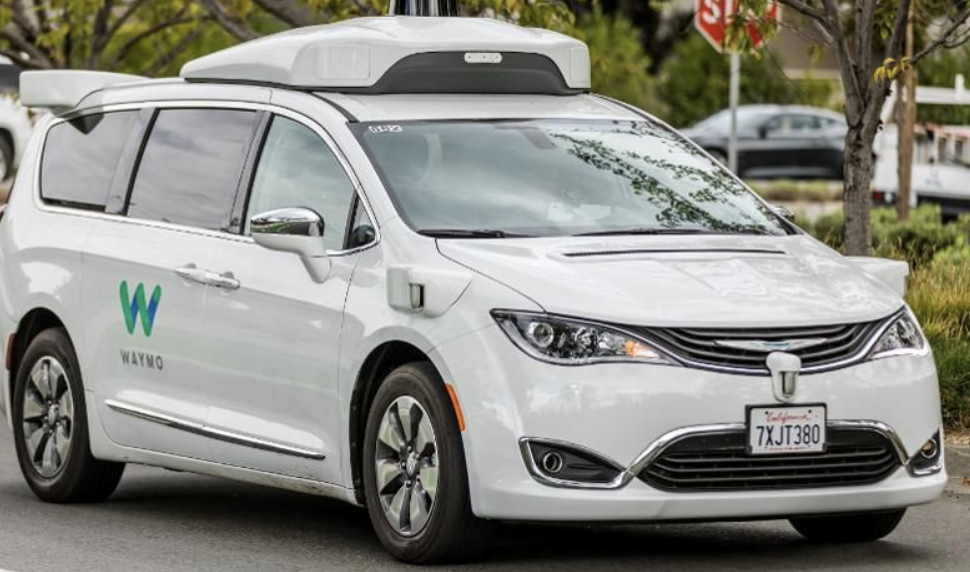By: Bryan Reimer
Self-driving Not well understood
The convenience of low-cost on-demand personal mobility has taken our roads by storm. Young and old alike are leveraging ride-hailing platforms at an increasing rate. Driverless taxis may further accelerate the use of personal or shared ride-hailing services as part of an increasingly automated lower cost mobility system. The ramifications for personal vehicle ownership, environmental impact, use of public transport, and congestion are not yet well understood.
Nevertheless, the California Department of Motor Vehicles’ approval of Waymo’s request to test fully driverless vehicles on public roads late last month, moves us one step closer to the commercial launch of a driverless taxi service. It seems that driverless vehicle technology is about to reach a new juncture. At the same time, what constitutes success in the deployment of this transformative mobility concept has yet to be transparently debated.

How long until success?
If one takes out a crystal ball to look forward a century, it’s quite obvious that the road we are about to take is just one step along a pathway towards an automated mobility system. While some are fixated on the risks of automation, perhaps a more pragmatic question is one of how long it will be before the benefits of giving up the steering wheel outweigh the costs. In essence, it’s not if we will get there, but rather how long it will take. Perhaps paramount is the question of what the end of the road looks like.